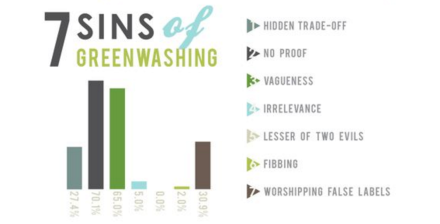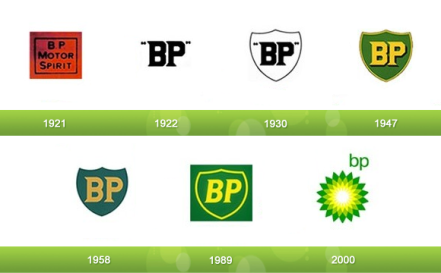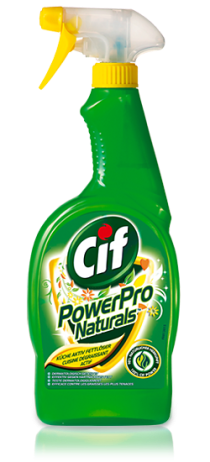Over the past few decades, a new generation of shoppers culture has grown, consumers are now self-conscious about making choices during shopping. This consciousness has grown as a demand for eco, bio and green products. When companies realised this theme they realised the opportunity of taking advantage the environmental movement sales. Brands started to emphasize the green side of a product through different styles of advertisement. Some companies invested systematic re-working of foregoing methods and became green, however, most of them have chosen the cheaper way, changing only the face.

Conscious consumers want to choose ethically responsible companies. How to recognise them? Are the products we are buying truly eco-friendly, or are they just the same, old products in a new packaging? The commonly used methods are: applying half-truth, denying bibliographic sources or manipulation of opinions through human emotions.

One of the greenwashing gurus is BP. The company spent the fortune creating the eco-friendly image. Beginning in 1990 BP has spent $100 million on campaign advertising fuel as not emitting any harmful particles. As an effort to make a name less obviously fuel related they shortened the name from British Petroleum to BP. Then, in 2000, they changed it again to Beyond Petroleum.

In 2010, all those greenwashings were revealed when the oil spill catastrophe happened. Back then an undersea BP oil well exploded in the Gulf of Mexico, killing 11 workers and causing one of the worst environmental disasters in US history. Five years later, on July 15 2010, after several failed attempts, the oil gusher was finally capped. After the catastrophe BP attempted to buy google and yahoo keywords on searching on this topic to control the spread of information. They spent $10 thousand per day on mentioned keywords – money that could have been spent on cleaning up the real disaster.

Everyday life examples:
Raid earth blend multi bug killer
The label says that ‘insecticide comes from chrysanthemum flower’, however, lots of things in nature are actually dangerous and toxic and not all the naturals are good for you. And actually, on the other side, you can see that the product includes harmful chemicals – there is a long list of them, it says also ‘do not inhale’.
Cif powerpro naturals bathroom cleaner
Description claims that the product is 98% natural, however, you cannot determine the ingredients as cleaning products companies do not have to list the ingredients on the label. According to the standards the company do not have to tell you what the ingredients are, unless it is a medical issue – then only they can speak with your doctor.
The tests of the product show that it is mostly made of water, however, it contains ¼ petroleum based chemicals.
According to the label: “Our ‘naturally derived’ claim is based on all of the ingredients in the products including… water’”

Brand are interested in building new, environmentally friendly appearances to hide the details of unsustainable functions and routines. Companies think that consumers are not looking too deeply and send biodegradable, green messages. As conscious shoppers, we have to be suspicious of all environmental claims and do not trust anything until determining the truth.
Sources:
http://greenwashingindex.com/about-greenwashing/
http://sinsofgreenwashing.com/
https://www.youtube.com/watch?v=INtguE3J09c
https://www.youtube.com/watch?v=nys5TaGGkRk





